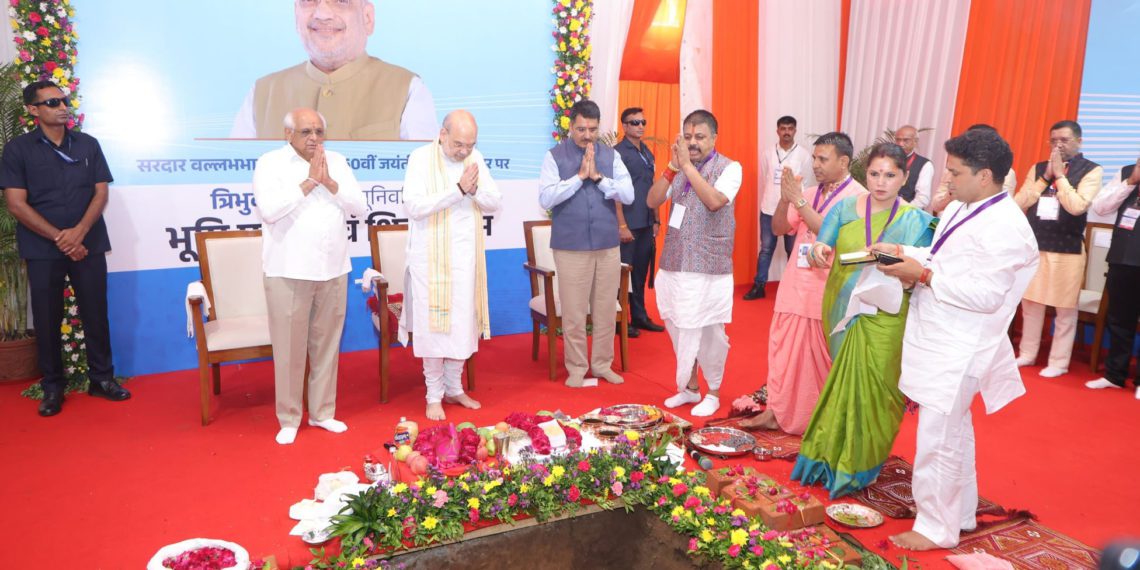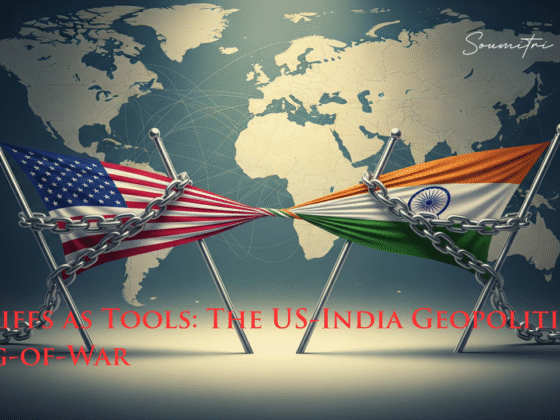
Below is a deep-dive (≈70 % prose, 30 % points) explaining why cooperatives can be India’s next global champions, what’s already working, and the roadblocks that still need bulldozing.
The Scale Is Already There—But Mostly Hidden
India now maps 8.4 lakh registered cooperatives with roughly 30 crore members—one in every five citizens . That grassroots reach outmuscles most corporate distribution chains; what’s missing is professional polish and risk-capital firepower.
Recent policy moves are closing that gap:
National Cooperative Policy 2025—launched 24 July 2025 to make co-ops the “second engine” of growth Sets targets for export clusters, ESG standards, and easier cross-state mergers
₹2,000 cr grant to NCDC (can unlock ₹20,000 cr in market borrowings) Introduces quasi-equity financing so large co-ops can scale like listed firms
PACS computerisation (₹2,925 cr ERP roll-out) Brings 63,000 village credit societies onto a single digital stack
Multi-State Cooperative Societies (Amendment) Act 2023—new Election Authority & audit rules Cleans up governance—crucial for investor confidence
Proof of Concept: Indian Co-ops Already Match Global Majors
Amul (GCMMF) – FY 25 revenue ₹65,911 cr (~US $8 bn) and growing double-digit; now launching liquid milk in Europe and the US .
IFFCO – Fertiliser giant clocked ₹41,244 cr turnover and ₹2,823 cr PAT in FY 25
KMF (Nandini) – Karnataka dairy co-op touches ₹24,000 cr topline and climbs Brand Finance ranks .
In volume, these farmer-owned firms already spar with Nestlé, Yara or Danone; what they lag is high-margin branded SKUs overseas.
Global Benchmarks Prove the Model Scales
Spain’s Mondragon federation—70,500 worker-owners, €11.2 bn sales (≈₹1 trn) in 2024 —shows that tech, R&D and international M&A can sit comfortably inside a cooperative frame. The lesson: professional boards + reinvested surpluses trump low-capital mind-sets.
But Old-School Co-ops Won’t Beat Apple or Adidas.
Brand & Design First
Move from commodity bulk to premium consumer labels; hire agencies, not just extension officers.
Digital Marketplaces
Leverage ONDC (20 crore txns in Mar 2025) as a neutral pipe that favours collective bargaining over BigTech algorithms .
Equity-Like Capital Pools
Tap the NCDC facility and issue non-voting “member investment certificates” to raise long-tenor funds.
Clustered Export Hubs
Use the National Cooperative Export Society (over 6,000 PACS already members) to batch-export rice, textiles, spices .
Data-Driven Governance
Adopt ERP + real-time dashboards (PACS computerisation) for fraud-proof audits and performance benchmarking.
Youth & Professional Talent
Offer ESOP-like bonuses and lateral entry for MBAs, engineers, designers.
Headwinds You Can’t Ignore
Political Capture & Bureaucracy – election cycles often hijack pricing and postings.
Capital Ceiling – member shares are capped; without hybrid instruments growth stalls.
Marketing Myopia – many co-ops see themselves as procurement agencies, not lifestyle brands.
Fragmented State Laws – despite the 2023 Act, dairy, sugar and handloom still juggle 20+ local statutes.
Why ripe Competitive edge
Hand-crafted fashion & home décor Global ESG demand India’s artisanal depth + Fair-trade story
Organic & millets Post-ICRISAT super-food boom Aggregated traceability via blockchain-ready PACS
EV battery recycling Circular-economy subsidies Cluster-based collection & shared tech IP
Health-tech diagnostics (platform co-ops) NDA 3.0’s PLI push Member-owned data soverei
So, Is the Cooperative Route the Way Forward?
Yes, if…
India fuses its bottom-up ownership culture with top-shelf professionalism.
With a supportive policy runway through 2025-45, digitised supply chains and fresh capital, co-ops can convert their local trust into global trophies—and do it without surrendering control to foreign investors.“Compete together, or concede alone.”
The cooperative reboot isn’t a romantic throwback; it’s India’s most realistic path to producing the next Amul-grade giants across food, tech and green industry.
FOR MORE BLOGS – beyondthepunchlines.com

 Add to favorites
Add to favorites








